What kind of Rosa Coffee Bean in Rosa Village? how much is the price of Rosa Coffee Bean in Rose Xia Village
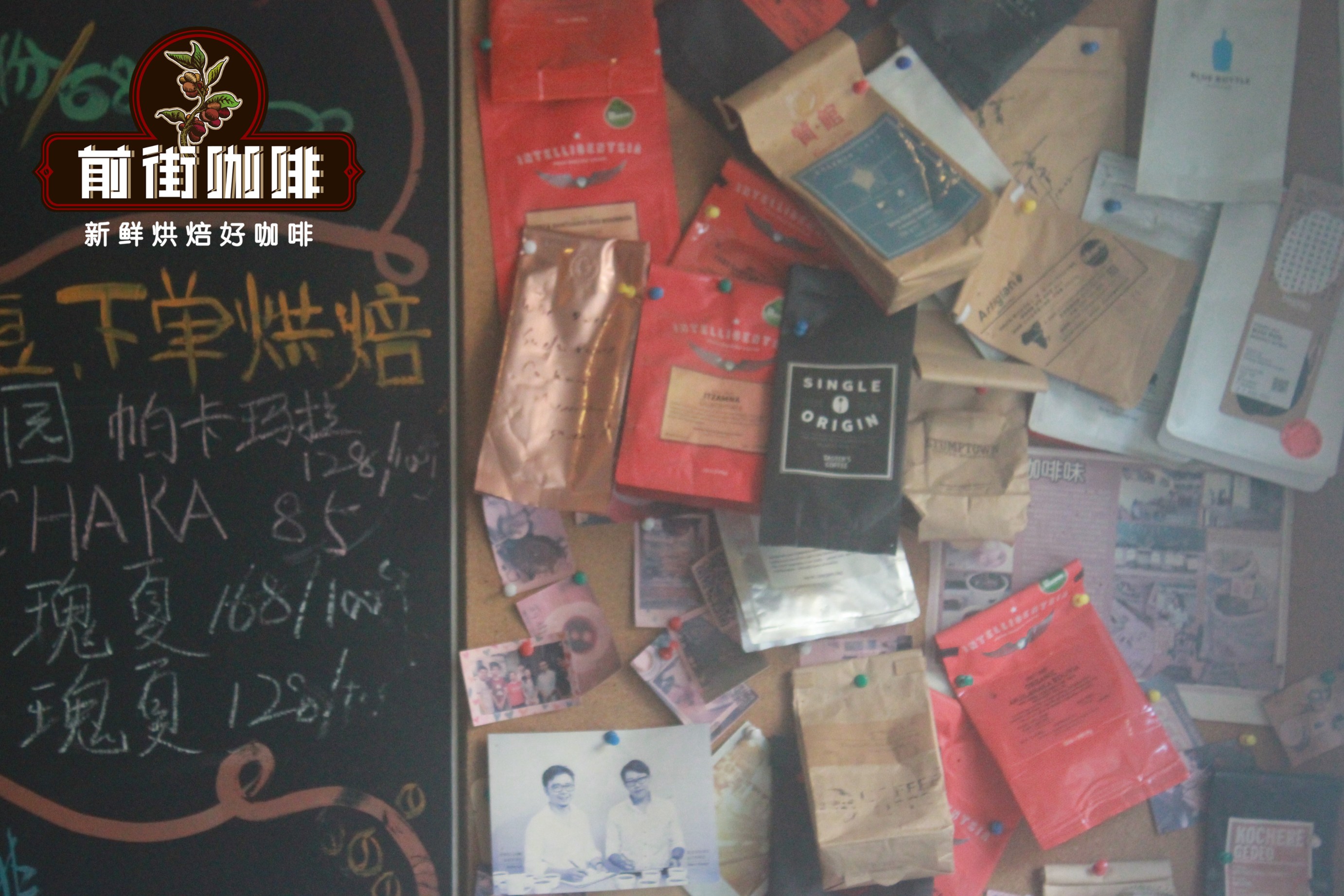
When it comes to rose coffee, many people's first reaction may be Panama rose coffee with rich white flowers, attractive juicy and honey sweet. Familiar with the history of rose coffee varieties until now, the default rose summer coffee variety was discovered from the rose summer forest of Ethiopia in the 1930s and went to the Central American Institute of Agriculture (CATIE) in Costa Rica in the 1950s and 1960s and was numbered T2722. It was distributed to Panama in the 1970s and became famous in 2004 for winning the Panamanian Best Competition (BOP) and breaking the auction price of raw coffee beans.
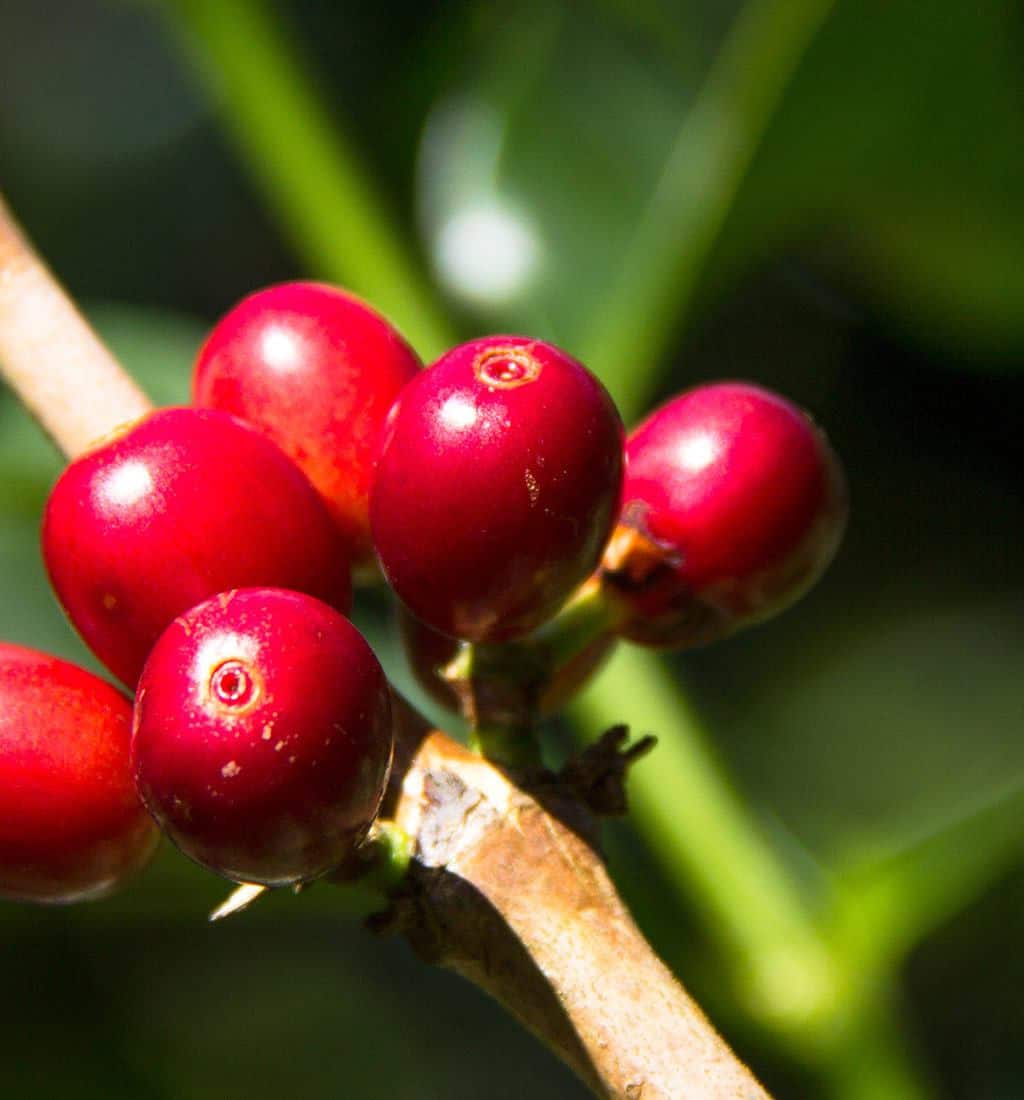
Although modern scientific instruments have come to the conclusion that there is little genetic link between the Panamanian and Ethiopian varieties, we should not just give up tasting and compare the differences between the two. After all, rain and dew are very important.
As one of the top estates in Ethiopia to return to the top ranks of coffee in the world, Roxia Village has always been a must-miss boutique coffee in Qianjie. With absolute popularity, the owner's love and dedication to coffee has always been the guarantee of coffee quality. The Rosa Variety is planted in Rosa Village, which is the birthplace of the top Panamanian Rosa varieties. The excellent planting conditions and post-treatment make the coffee in Rosa Village very expensive but there is no shortage of suitors. Both sun and water washing have light floral and fruity aromas and smooth taste, while Qianjie pursues coffee beans with characteristics and background stories, and the coffee produced by this Rose Xia Village manor meets our requirements. What I want to share today is the cost-effective red mark of Rose Xia Village.
Ruoxia Village
In 2007, documentary director Adam Overton and photographer wife Rachel Samuel came into contact with the Gera Coffee Forest in the Bench-Maji region of Ethiopia while filming a documentary about Ethiopian coffee for the Ethiopian government. In the process, they were not only reacquainted with the great land of Ethiopia, but also came up with the idea of setting up their own coffee estate and brand.

In 2009, they were lucky enough to meet the famous mule owner, BOP judge Willem Boot, and Willem Boot's idea provided an opportunity for the Overton couple to return to Ethiopia to find the birthplace of Rosa Xia. Finally they came to Banchi Magi, an area in southwestern Ethiopia near South Sudan, where many places are known as the village of Gesha and where primitive roses are most likely to be found. When they arrived in 2011, there was nothing in the manor.
Adam followed Willem Boot on an expedition in the forest around the manor, where he discovered a variety of wild tree species in a jungle magically surrounded by a dense forest. Later they learned that this was the place where the rose species were first found in the Gori Geisha forest. So they collected seeds from native rose trees, screened them, and planted them in Rosa Village. They decided to build the estate here and name it Geisha Village Coffee Estate, a 475-hectare coffee farm about 12 miles from the Gori Gesha Forest.
The village of Geisha Village Coffee Estate is completely different from most Ethiopian farms in that it is not a small farm, but a large farm of 500ha, with its own washing plant and laboratory, located in the southwest near the border with Sudan, and the most special is that the whole farm only grows Rosa varieties, rather than Ethiopian native species that generally cannot be determined. Ruoxia Village divides the farm into eight blocks, with three main Rosa varieties, whose seeds are collected from nearby forests.
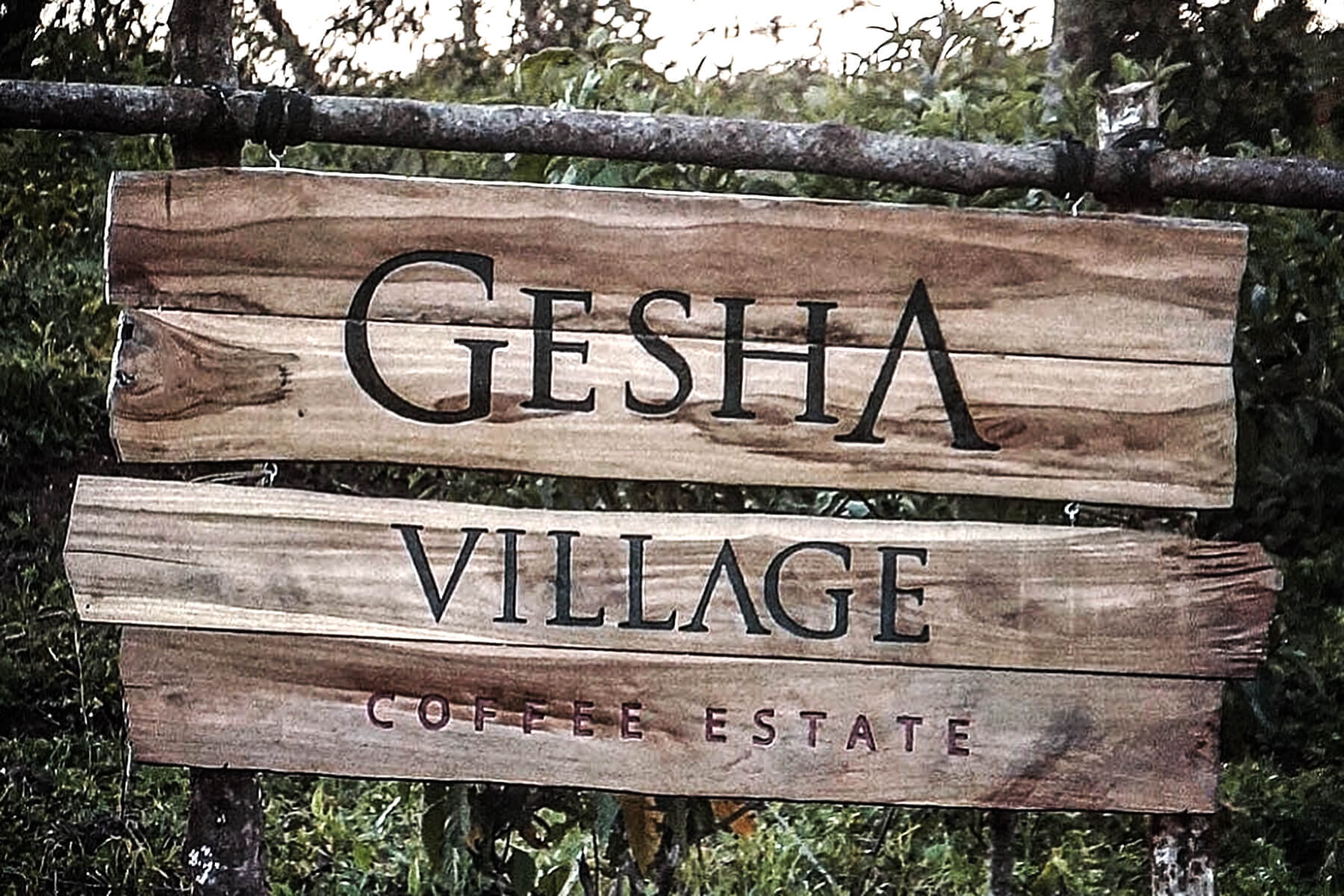
The construction of the farm began in October 2011 and the first harvest in 2015. Due to the enthusiastic response from all parties, they, with the assistance of Panamanian coffee farmer Willem Boot, offered 21 micro-batches in the first international bid held on May 31, 2017, of which 19 were 120kg and the others were smaller. Bidders from Europe, North America, Asia and Australia responded unexpectedly enthusiastically, and the final bid price was $85 / lb, breaking all previous auction prices for African beans!
Rose Xia Village Red Standard Rose Summer
The coffee grades of Ruoxia Village are as follows: competitive bidding, gold bid, red bid, green bid, CHAKA.
The batch with complete traceability has the typical flavor of Rosa Village, the flavor intensity and complexity are slightly weaker than the gold standard batch, and it is a single batch with high performance-to-price ratio.
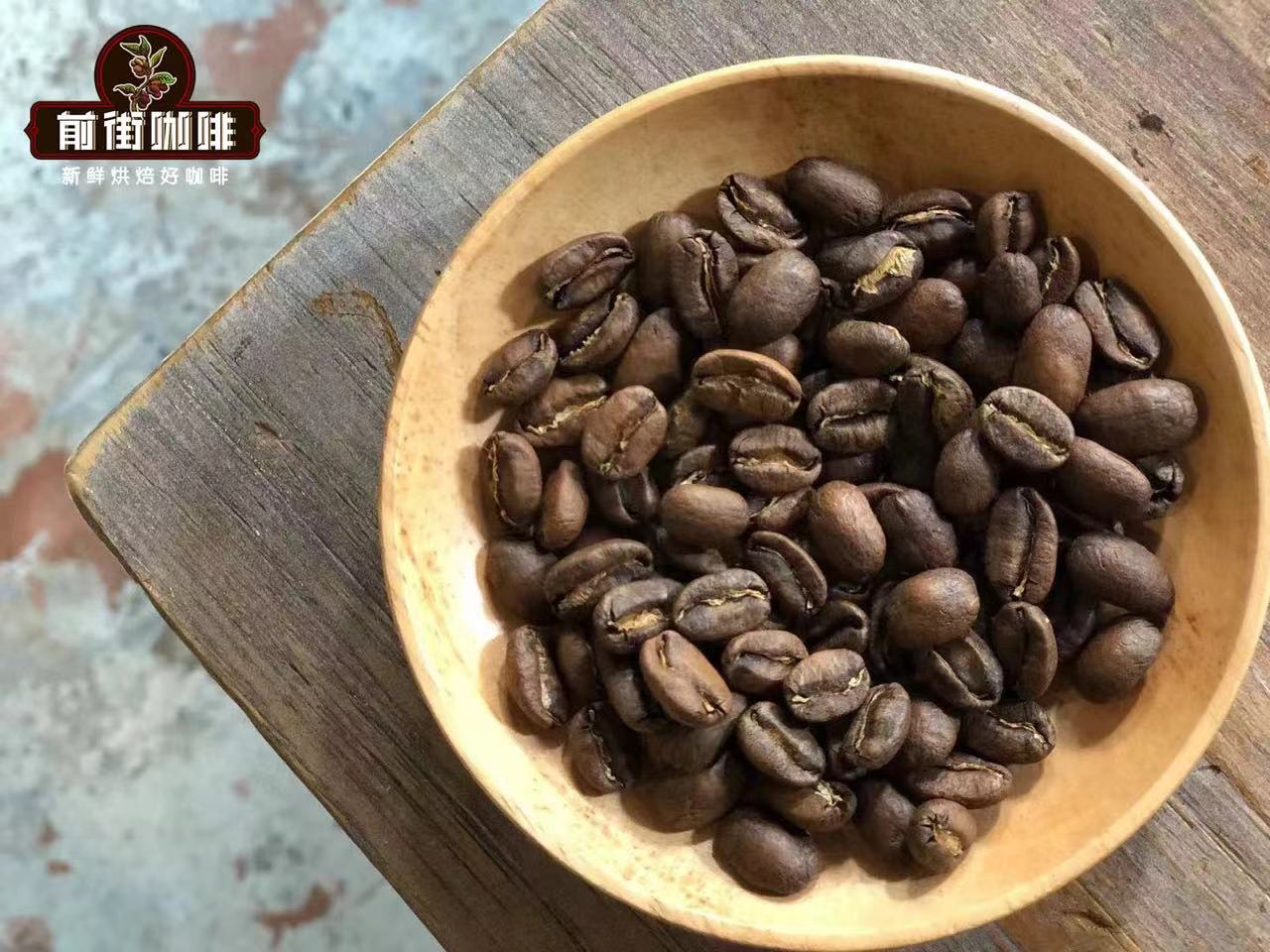
Qianjie Coffee Rose Xia Village Manor Red label Coffee beans
Producing area: Banji Magi, Ethiopia
Manor: Guoxia Village Manor
Altitude: 1909 m-2069 m
Variety: Gori Rosa
Treatment method: solarization treatment
Qianjie this rose summer village red standard rose summer treatment is the sun treatment. After picking, coffee cherries remove floating impurities, and then cover the sun with a thin layer of plastic sheeting on an African-style elevated scaffolding. when drying with a tanning bed, they are re-screened to pick out worm-eaten beans and green coffee beans. The total drying time is 18-30 days.
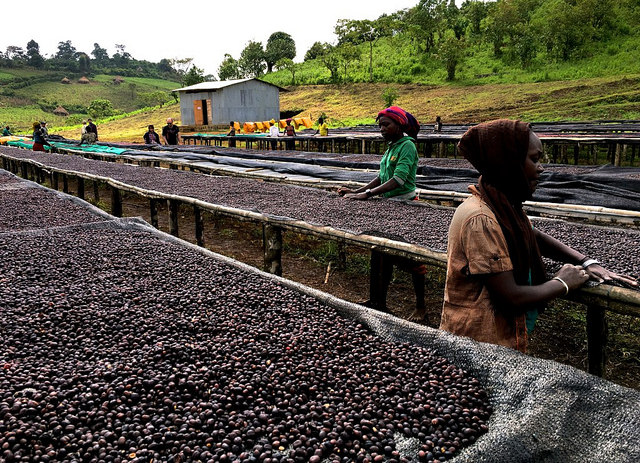
Qianjie Coffee uses a medium-to-light baking degree in order to show its fruit flavor when roasting this Rose Summer Village Red Standard. Use Yangjia 800N roaster (baking capacity 300g), the specific operation is as follows:
The furnace temperature reaches 160C, the throttle opens 3, the firepower opens to 130C, and the temperature recovery point is 1mm. The throttle opens to 4 when the furnace temperature is 140℃, and the firepower is adjusted to 150. when the furnace temperature is 148.1 ℃, the bean meter turns yellow, the grass smell disappears completely, and enters the dehydration stage, when the furnace temperature reaches 166℃, the firepower drops to 120and the throttle remains unchanged; when the furnace temperature reaches 176℃, the firepower drops to 90, and the throttle remains unchanged. The smell of toasted bread has obviously changed to the smell of coffee, which can be defined as a prelude to an explosion. At this time, it is necessary to listen carefully to the sound of the explosion point. When the explosion starts, the throttle should be adjusted to 5 (the tuning power should be very careful and should not be so small that there is no burst sound). After an explosion, the development of 1 cup 39th 45 ", 197.5 degrees pot.
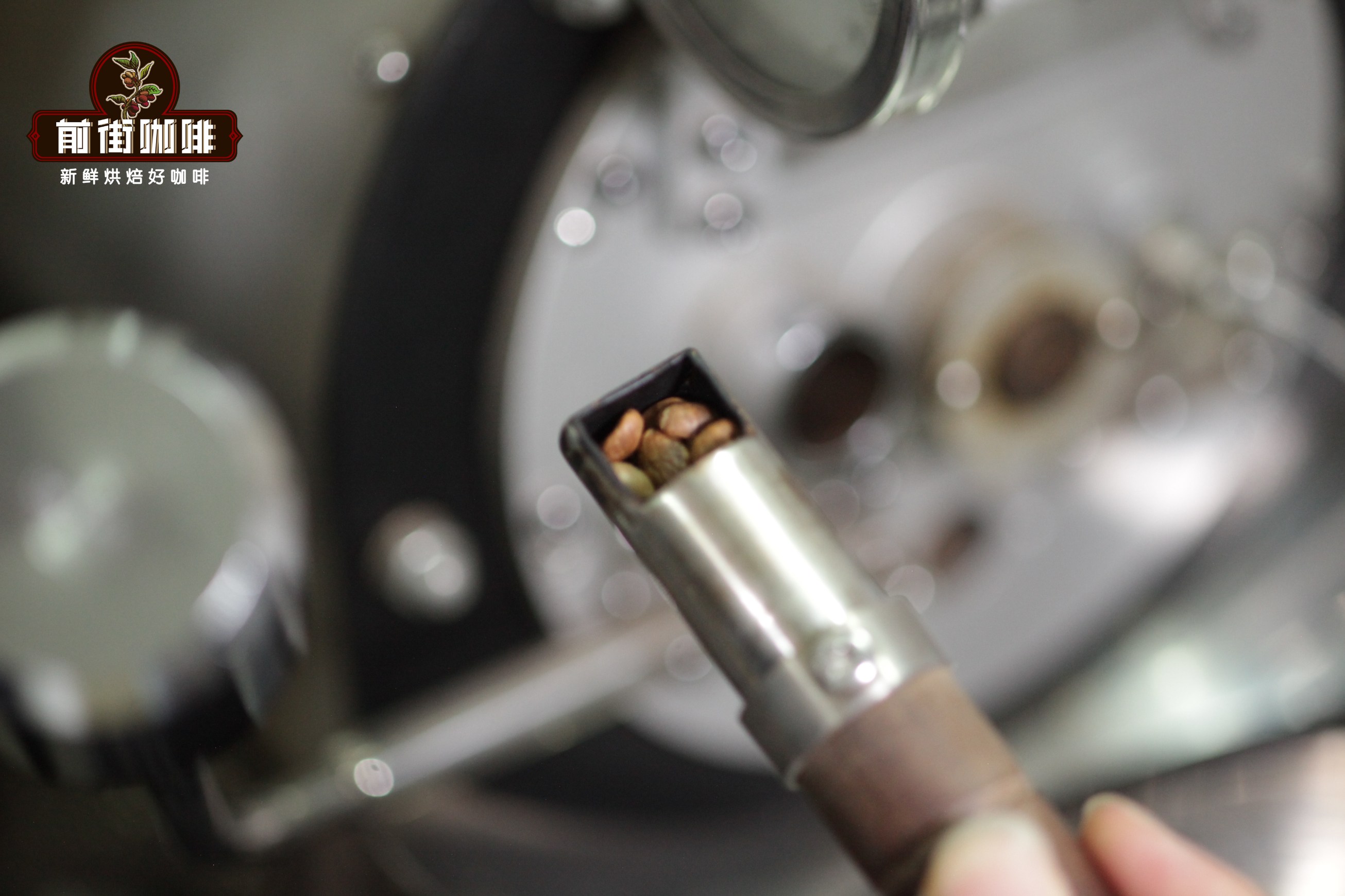
The baristas of Qianjie Coffee used higher water temperature, finer grinding degree and faster flow rate filter cup to brew this rose coffee bean with three-stage water injection.
Filter cup: Hario V60
Water temperature: 91 degrees Celsius
Amount of powder: 15g
Ratio of powder to water: 1:15
Degree of grinding: the pass rate of Chinese standard No. 20 screen is 80%.
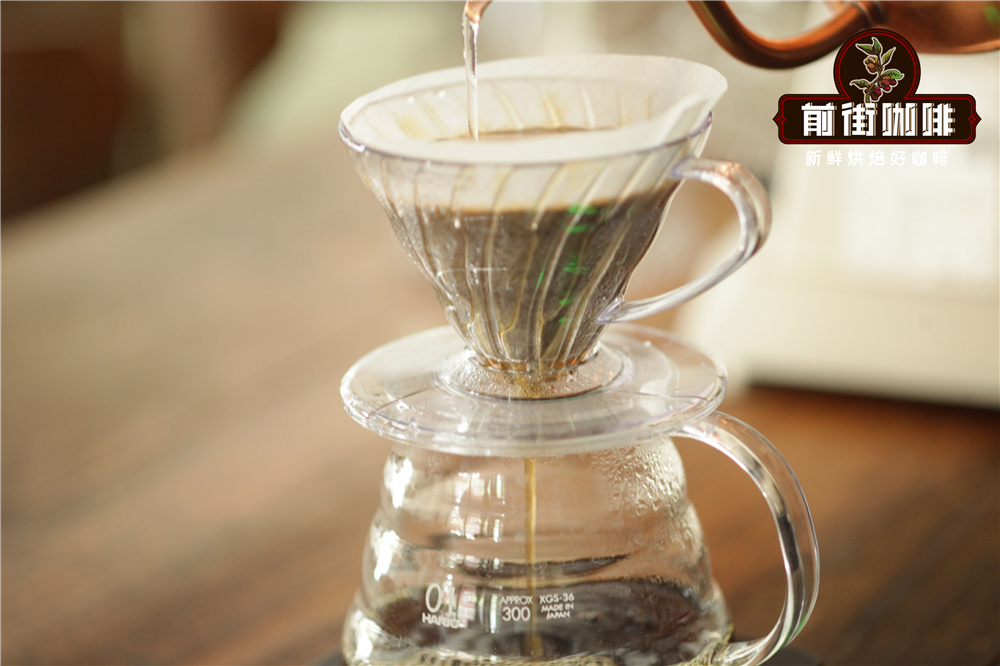
30 grams of water is steamed for 30 seconds, small water injection to 125 grams is divided into sections, water level drop is about to expose the powder bed, continue water injection to the end of 225 grams, water level drop is about to expose the powder bed to remove the filter cup. (steaming starts) extraction time: 2 minutes.
After brewing, Qianjie Rose Summer Coffee has the flavors of coconut, licorice, cream, chocolate, toffee, citrus, almonds and strawberries. The overall flavor is more balanced, the taste is mellow, and the nut flavor is more prominent.
For more information about coffee beans, please follow the coffee workshop (Wechat official account cafe_style) and exchange professional coffee knowledge. Please add Wechat account kaixinguoguo0925.
Important Notice :
前街咖啡 FrontStreet Coffee has moved to new addredd:
FrontStreet Coffee Address: 315,Donghua East Road,GuangZhou
Tel:020 38364473
- Prev
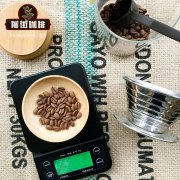
Background story of coffee manor in Rosa Village how much is a cup of coffee in Rose Village
Professional coffee knowledge exchange more coffee bean information please follow the coffee workshop (Wechat official account cafe_style) the best and most original coffee-Gesha Village Rosa Village Coffee Manor background story Gesha Village trip began in 2007, when Mr. Adam Overton and Miss Rachel Samuel were making information about Ethiopian coffee for the Ethiopian government.
- Next

What are the characteristics of Ethiopian water-washed and sun-treated coffee beans? Wash [Hama] and
Professional coffee knowledge exchange for more information on coffee beans, please follow the coffee workshop (Wechat official account cafe_style) what are the characteristics of washed and sun-treated coffee beans in Ethiopia? Compare the flavor of washing [Hamma] and sun [Kongjia]? Ethiopia is said to be the birthplace of mankind. It remains to be seen whether it is the birthplace of human beings, but the academic circle can almost
Related
- Detailed explanation of Jadeite planting Land in Panamanian Jadeite Manor introduction to the grading system of Jadeite competitive bidding, Red bid, Green bid and Rose Summer
- Story of Coffee planting in Brenka region of Costa Rica Stonehenge Manor anaerobic heavy honey treatment of flavor mouth
- What's on the barrel of Blue Mountain Coffee beans?
- Can American coffee also pull flowers? How to use hot American style to pull out a good-looking pattern?
- Can you make a cold extract with coffee beans? What is the right proportion for cold-extracted coffee formula?
- Indonesian PWN Gold Mandrine Coffee Origin Features Flavor How to Chong? Mandolin coffee is American.
- A brief introduction to the flavor characteristics of Brazilian yellow bourbon coffee beans
- What is the effect of different water quality on the flavor of cold-extracted coffee? What kind of water is best for brewing coffee?
- Why do you think of Rose Summer whenever you mention Panamanian coffee?
- Introduction to the characteristics of authentic blue mountain coffee bean producing areas? What is the CIB Coffee Authority in Jamaica?

